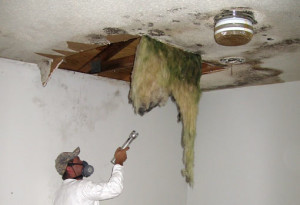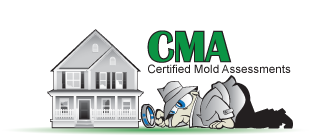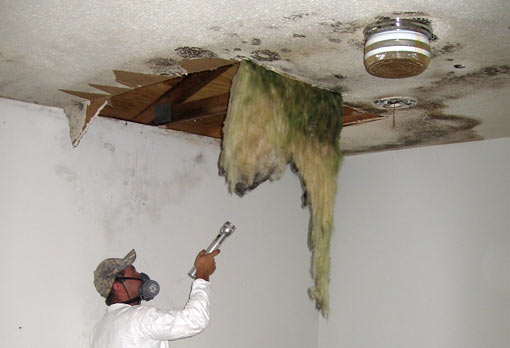 It would be nice if mold were something you only hard to worry about in specific cases, such as basement flooding, broken pipes, or faulty gutters that lead to moisture accumulation on your home’s exterior. Unfortunately, this isn’t the case. Mold is a resilient organism and is constantly looking for places to grab hold. What’s more, the spores are invisible and growth can continue for weeks or even months without being discovered.
It would be nice if mold were something you only hard to worry about in specific cases, such as basement flooding, broken pipes, or faulty gutters that lead to moisture accumulation on your home’s exterior. Unfortunately, this isn’t the case. Mold is a resilient organism and is constantly looking for places to grab hold. What’s more, the spores are invisible and growth can continue for weeks or even months without being discovered.
The garage is one place where few homeowners think to look or check for mold growth, yet mold remediation specialists are often called to remove mold from America’s garages after the problem has gotten out of control.
It makes sense when you think about it. The garage is often dark and poorly ventilated. It can also be damp inside throughout the year, and there are plenty of forgotten objects and materials for mold to grow on. Taken together, these factors make the garage a potential hot bed for mold infestation. And once it grows there, it can very easily move to other areas of the home.
Here’s what you need to know to stop it:
1. Concrete and paint are not impervious to mold
Concrete is a resilient and durable material, and most garages have concrete floors. While mold can’t grow directly on concrete, it can grow indirectly. Concrete surfaces often develop mineral coatings and other stains that can attract mold growth. This makes it doubly important to give your garage floors a good cleaning on a regular basis.
What about paint? Many garages have paint on the walls, and some even have painted floors. Not all paint is created equal in this respect. The most common varieties of paint are at risk for mold growth; but there are also mold-resistant paints. These are especially useful for areas like the garage in which climate and humidity control are lacking. Consider repainting your garage with one of the many varieties of paint that are specifically resistant to mold. These can be found at your local hardware and home goods outlets.
2. Garages are susceptible to water damage and high humidity
Water enters the garage more than other areas. When you drive home through the rain and park in the garage, the moisture on your car will drip onto the floor and dissipate into the ambient air. Water can also enter from beneath the garage door, or on damp materials and equipment that are stored in the garage without drying. Making an effort to minimize moisture in your garage is a big step toward preventing mold growth.
3. Certain building materials make it harder for mold to grow in your garage
Chances are, your garage has already been built—and you’re not about to tear it down and start over just to prevent a possible mold problem. But if you happen to be building a new home or adding a new garage to your existing home, there are many building materials that can reduce or eliminate your chances of suffering a mold invasion. Siding is available in alternative materials like vinyl and aluminum, while the framing itself can be accomplished with metal materials instead of natural wood. If you’re serious about shutting out mold, you might consider these options during the planning phase of your construction.
4. Professionals can run accurate tests to clarify whether your garage has mold
Sometimes mold is hard to see; you might suspect mold growth in your garage but haven’t been able to find clear signs of a wide scale invasion. In such cases, mold testing specialists can visit your location and use definite testing methods to establish the presence of mold. You’ll also get straightforward advice on prevention and remediation, provided you deal only with reputable professionals.
Preventing mold growth in your garage
It’s a smart decision to take a good look at the conditions in your garage and assess the potential threat of mold growth. Not doing so could result in a costly cleanup process. The good news is that preventing mold in your garage usually doesn’t require a significant investment. The key is maintenance, regular cleaning, and controlling the humidity in your garage. If it’s a nice day and you’re spending time around the house, consider leaving the garage door open to exchange the air. All of these small steps amount to a solid mold prevention strategy for your garage.
We hope you’ve found this information helpful, and we look forward to any questions or comments you may have!

